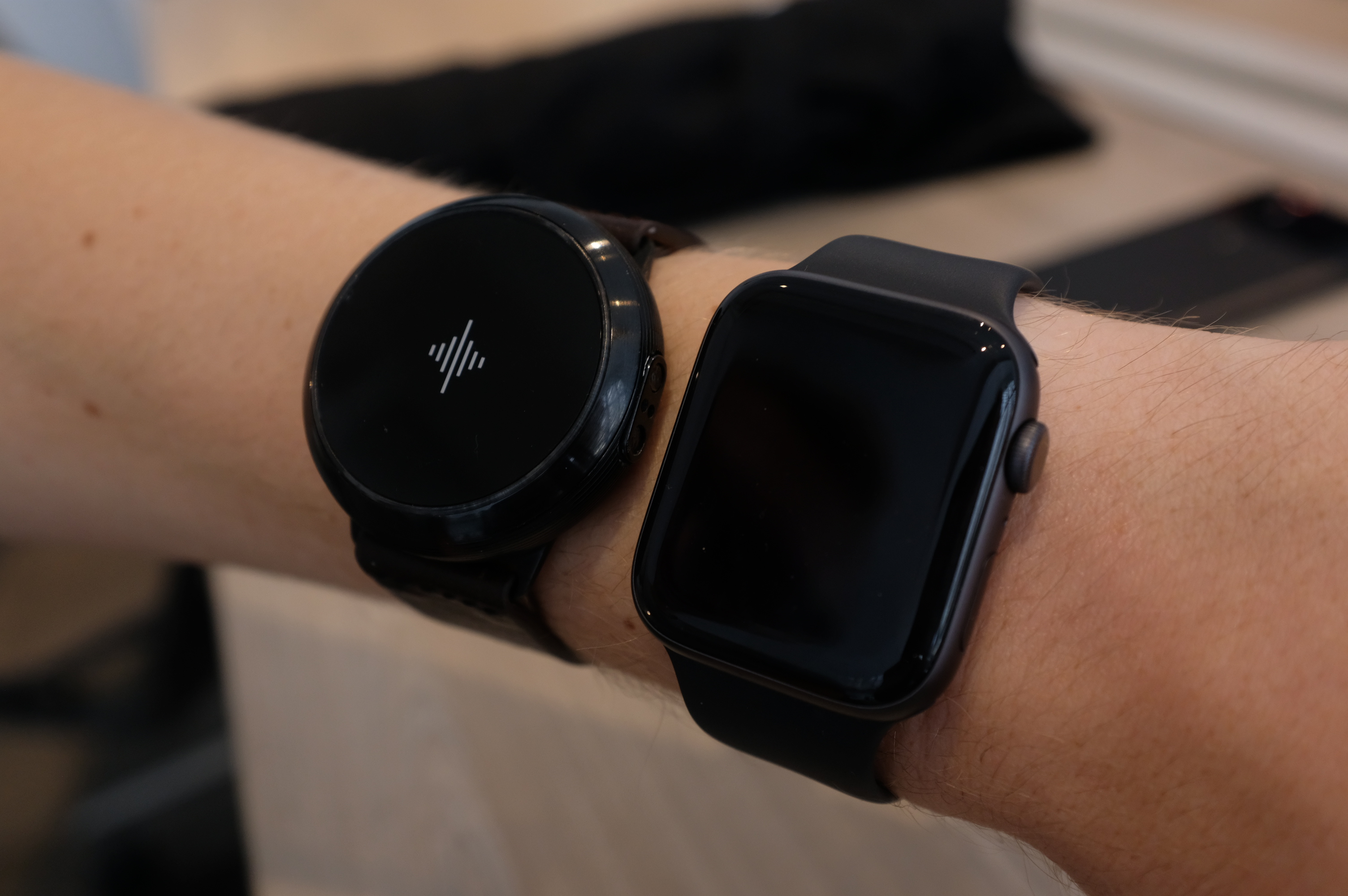Amazon warehouse workers in several countries in Europe are protesting over what they claim are inhuman working conditions which treat people like robots. It’s the latest in a series of worker actions this year.
They’ve timed the latest protest for Black Friday, one of the busiest annual shopping days online as retailers slash prices and heavily promote deals to try to spark a seasonal buying rush.
In the UK, the GMB Union says it’s expecting hundreds of workers to attend protests timed for early morning and afternoon at Amazon warehouses in Rugeley, Milton Keynes, Warrington, Peterborough and Swansea.
At the time of writing the union had not provided details of turnout so far today.
Protests are also reported to be taking place in Spain, France and Italy today.
Although, when asked about strikes at its facilities in these countries, Amazon claimed: “Our European Fulfilment Network is fully operational and we continue to focus on delivering for our customers. Any reports to the contrary are simply wrong.”
The demonstrations look intended to not only apply pressure on Amazon to accept collective bargaining but encourage users of its website to think about the wider costs involved in packing and despatching the discounted products they’re trying to grab.
Spanish newspaper El Diaro reports that today’s protests by workers at Amazon’s largest logistics center in the country, in San Fernando, Madrid, mark the fourth round of strikes over working conditions in Spain.
Protestors in Madrid this morning reportedly chanted: “We will not accept discounts to our rights.”
French press also reports warehouse workers striking locally, and a union representing Amazon logistics workers calling for a national strike.
In the UK the GMB Union is calling on Amazon to recognize its representation of workers, and has attacked the company for what it dubs “Victorian working practices”.
This summer an investigation by the Union revealed ambulances had been called to Amazon’s UK warehouses 600 times during the past three financial years.
Earlier this month the Union also revealed a total of 602 reports have been made from Amazon warehouses to the Health and Safety Executive since 2015/16 — with workers reported to have suffered fractures, head injuries, contusions and collisions with heavy equipment.
It added that one report detailed a forklift truck crash caused by a ‘lapse of concentration possibly due to long working hours’.
In a statement on Wednesday announcing the Black Friday protest, Tim Roache, the GMB’s general secretary, said: “The conditions our members at Amazon are working under are frankly inhuman. They are breaking bones, being knocked unconscious and being taken away in ambulances. We’re standing up and saying enough is enough, these are people making Amazon its money. People with kids, homes, bills to pay — they’re not robots.”
“Jeff Bezos is the richest bloke on the planet; he can afford to sort this out,” he added. “You’d think making the workplace safer so people aren’t carted out of the warehouse in an ambulance is in everyone’s interest, but Amazon seemingly have no will to get round the table with us as the union representing hundreds of their staff. Working people and the communities Amazon operates in deserve better than this. That’s what we’re campaigning for.”
In a further update today the GMB Union said Amazon has not replied to a joint plea, backed by a shadow minister, for a health and safety review to reduce the hundreds of ambulance call outs to its warehouses.
Two UK MPs wrote to Amazon’s director of public policy for UK and Ireland last week to suggest a joint audit with the union and also a meeting hosted by them in parliament — to discuss the issues. But the union said Amazon has so far failed to respond.
Responding to today’s protest action, a spokesman for Amazon UK provided us with the following statement:
Amazon has created in the UK more than 25,000 good jobs with a minimum of £9.50/hour and in the London area, £10.50/hour on top of industry-leading benefits and skills training opportunities.
All of our sites are safe places to work and reports to the contrary are simply wrong. According to the UK Government’s Health and Safety Executive, Amazon has over 40% fewer injuries on average than other transportation and warehousing companies in the UK. We encourage everyone to compare our pay, benefits, and working conditions to others and come see for yourself on one of the public tours we offer every day at our centers across the UK uk.amazonfctours.com.
The spokesman declined to respond to additional questions.
In October, facing rising political pressure on its home turf after senator Bernie Sanders introduced legislation targeting low rates of pay at the coal face of Amazon’s business, the ecommerce giant said it would raise the minimum wage of its US workers to $15 per hour. That change went into effect at the start of this month.
In another change to its business announced yesterday, also just before the Black Friday spending binge kicked off, Amazon reversed a decision that had been triggered by a change in Australian tax law earlier this year, when it had shuttered its US store to shoppers in the country to avoid paying a 10% levy — deciding to suck up the charge to lift a geoblock that had proved unpopular with customers.





